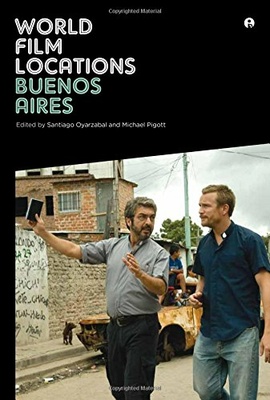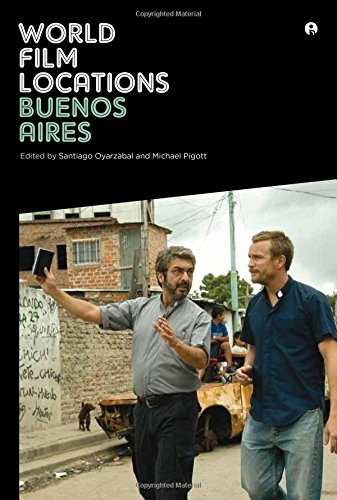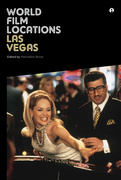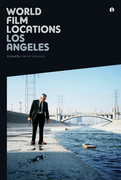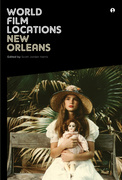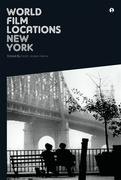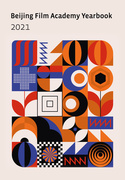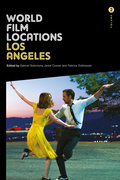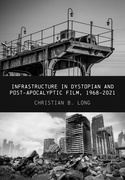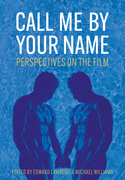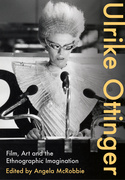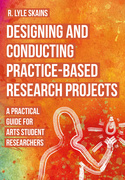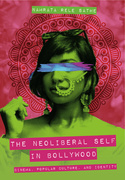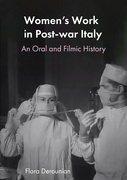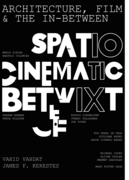World Film Locations: Buenos Aires (Book)
World Film Locations: Buenos Aires explores this picturesque and passionate city (the second-largest in South America) as a stage for sociopolitical transformations, and a key location in the international imagination as a site of cultural export. The book uncovers the many reasons why Buenos Aires attracts not only tourists but also artists and filmmakers, who explore the city and its iconography as well as its cultural and sociopolitical turbulence. A set of six essays anchors this volume; contributors consider a range of key topics related to the city onscreen, including tango, villas miseria (shantytowns), dictatorship and democracy and science fiction and the future of the city. The volume is rounded out with in-depth reviews of nearly fifty key films – The Hour of the Furnaces, Nine Queens, and Evita among them – each illustrated by screen shots, current location imagery, and corresponding maps for travellers and movies buffs to use as they navigate this rich cinematic city.
Edition
World Film Locations: Buenos Aires explores this picturesque and passionate city (the second-largest in South America) as a stage for sociopolitical transformations and a key location in the international imagination as a site of cultural export. The book uncovers the many reasons why Buenos Aires attracts not only tourists but also artists and filmmakers who explore the city and its iconography as well as its cultural and sociopolitical turbulence. A set of six essays anchor this volume; contributors consider a range of key topics related to the city onscreen, including tango, villas miseria (shantytowns), dictatorship and democracy and science fiction and the future of the city. World Film Locations: Buenos Aires is rounded out with in-depth reviews of nearly fifty key films – The Hour of the Furnaces, Nine Queens, and Evita among them – each illustrated by screenshots, current location imagery and corresponding maps for travellers and movie buffs to use as they navigate this rich cinematic city.
Michael Pigott is assistant professor of video art and digital media at the University of Warwick and Santiago Oyarzabal teaches film and Latin American history at the University of Warwick.
Maps/Scenes
Scenes 1-8 – 1915–1958
Scenes 9-16 – 1958–1985
Scenes 17-24 – 1985–1997
Scenes 25-32 – 1998–2001
Scenes 33-39 – 2002–2008
Scenes 40-46 – 2008–2013
Essays
Buenos Aires: City of the Imagination – James Scorer
Tango and the City – John King
From Dark to Light: The Cinema of the Transition to Democracy – Constanza Burucúa
Shantytowns: Buenos Aires, the Shattered City – Gonzalo Aguilar
Gender and Class Since the 1980s – Carolina Rocha
The Fantastic and Futuristic City – Joanna Page
Martín Rejtman and Buenos Aires – Martín Rejtman

